Anti-lock Braking Systems (ABS) have revolutionized vehicle safety, enhancing control and reducing stopping distances across various driving conditions. At CarMax Vehicle, we recognize the pivotal role ABS technology plays in modern transportation, especially within the realm of heavy trailers. Understanding the origins and development of ABS not only underscores its significance but also highlights the innovation driving the industry forward.
The Genesis of ABS Technology
Early Concepts and Foundations
The concept of preventing wheel lock-up during braking isn’t novel. Early automotive engineers observed that wheel lock-up could lead to skidding and loss of steering control. However, the practical implementation of a system to counteract this phenomenon was a complex challenge.
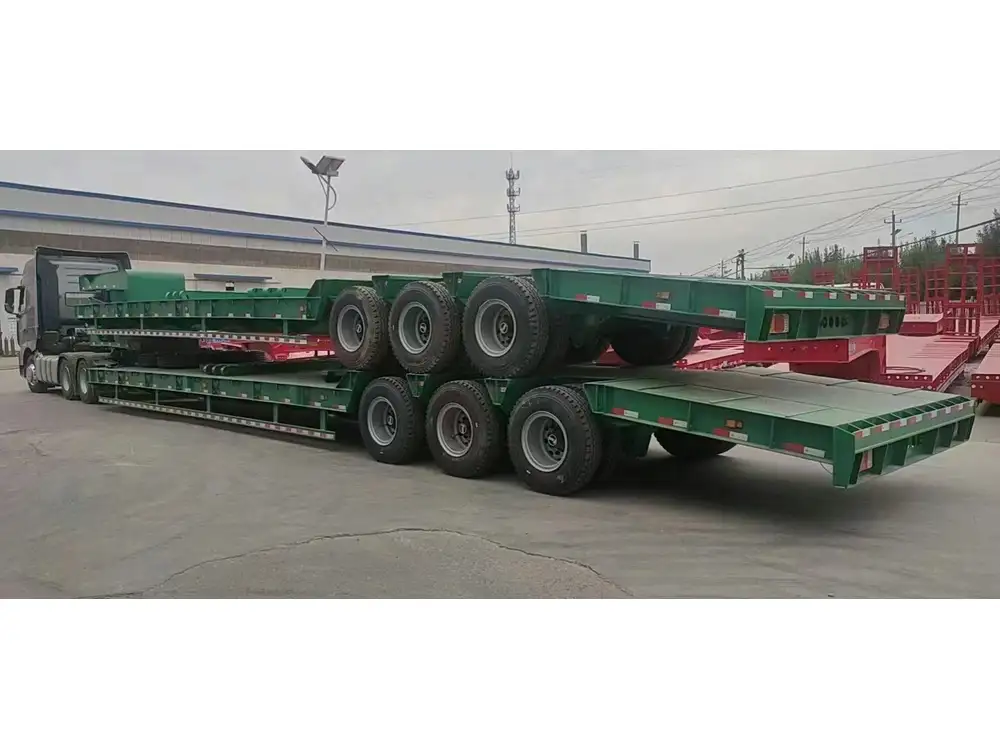
Gabriel Voisin and the First Patents
The journey towards ABS began in the early 20th century. Gabriel Voisin, a French aircraft pioneer, was among the first to experiment with anti-lock braking concepts in aircraft. In 1923, Voisin patented a device intended to prevent wheel lock-up, marking the inception of ABS technology. Although primarily focused on aviation applications, these early experiments laid the groundwork for automotive advancements.
ABS Breakthroughs in the Automotive Industry
The 1950s and 1960s: Initial Developments
The post-war era saw significant advancements in automotive engineering. In the 1950s, American inventor Frederick W. Lanchester re-examined anti-lock braking concepts, contributing to the theoretical framework of ABS. Despite these efforts, practical and reliable ABS systems remained elusive due to technological limitations of the time.

The 1970s: Technological Milestones
The 1970s marked a transformative period for ABS. Advances in electronics and hydraulic technology made it feasible to develop functional ABS systems. Robert Bosch GmbH, a leading automotive supplier, played a crucial role during this era. In collaboration with Mercedes-Benz, Bosch developed one of the first electronic ABS systems for passenger cars, leading to its commercial introduction in the late 1970s.
1980s to Present: Widespread Adoption and Refinement
Throughout the 1980s and beyond, ABS technology continued to evolve. Manufacturers refined the systems, enhancing reliability and performance. By the 1990s, ABS had become a standard safety feature in many vehicles worldwide. Today, ABS is integral to various vehicle types, including passenger cars, trucks, buses, and semi-trailers.
Key Innovators and Their Contributions

Gabriel Voisin: Aviation Origins
As mentioned, Gabriel Voisin’s early work in aviation set the stage for ABS development. His 1923 patent exemplified the initial attempts to create mechanisms preventing wheel lock-up, influencing subsequent automotive applications.
Robert Bosch GmbH: Pioneering Automotive ABS
Robert Bosch GmbH’s collaboration with Mercedes-Benz in the late 1970s resulted in one of the first commercially viable ABS systems for passenger cars. This partnership demonstrated the feasibility and benefits of ABS, accelerating its adoption across the automotive industry.
Other Notable Contributors
Beyond Voisin and Bosch, numerous engineers and companies have contributed to ABS advancements:
- Vehicle Control Systems: Innovators in control algorithms and sensor technologies have enhanced ABS responsiveness and effectiveness.
- Automotive Manufacturers: Companies like BMW, Ford, and Toyota have integrated proprietary ABS technologies, further diversifying and improving the system’s capabilities.

How ABS Works: Technical Breakdown
Understanding the mechanics of ABS illuminates its importance in vehicle safety. Here’s a detailed look at how ABS functions:
Core Components
- Wheel Speed Sensors: Monitor the rotational speed of each wheel, detecting any signs of lock-up.
- Electronic Control Unit (ECU): Processes data from the sensors to determine if wheel lock-up is imminent.
- Hydraulic Valves: Modulate brake pressure to prevent wheel lock-up based on ECU signals.
Operational Process
- Detection: Wheel speed sensors continuously monitor each wheel’s speed during braking.
- Analysis: The ECU analyzes the sensor data to identify discrepancies indicating potential lock-up.
- Modulation: If impending lock-up is detected, the ECU signals the hydraulic valves to reduce brake pressure momentarily.
- Repetition: This cycle of detection and modulation occurs rapidly, typically multiple times per second, ensuring optimal braking performance without skidding.
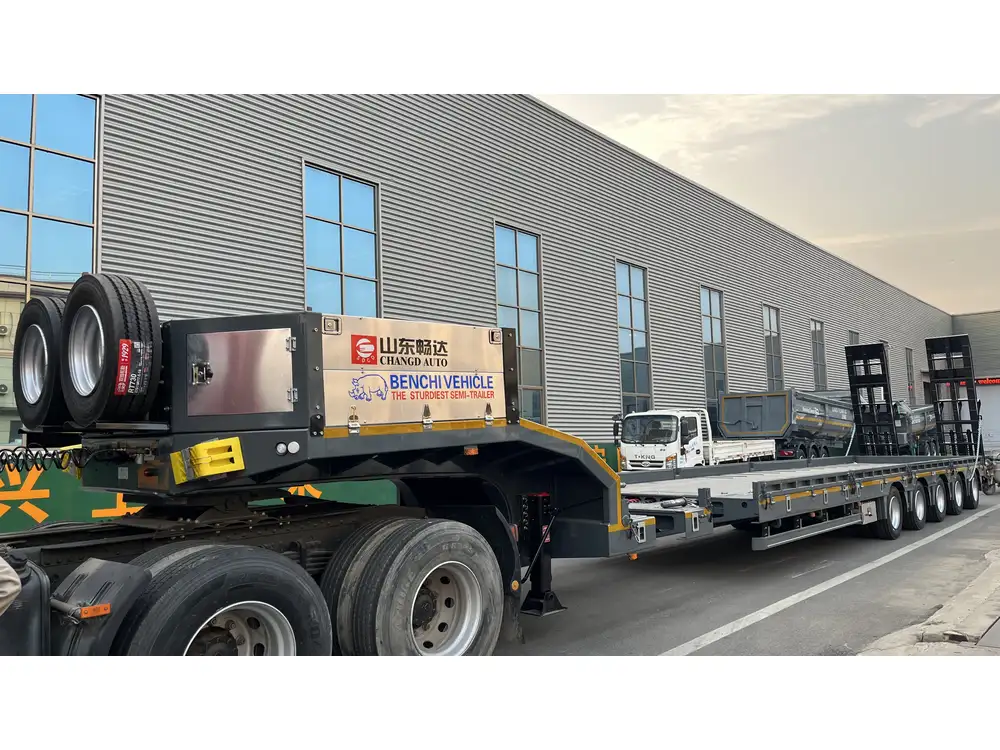
Safety Enhancements
ABS enhances vehicle safety by maintaining steerability during emergency braking, reducing stopping distances on slippery surfaces, and minimizing tire wear from prolonged lock-up.
ABS in Heavy Trailers: Enhancing Safety and Control
At CarMax Trailer, we understand that heavy trailers present unique braking challenges. Integrating ABS technology into semi-trailers offers numerous benefits:
Improved Vehicle Control
ABS enables drivers to maintain steering control during heavy braking, essential for maneuvering large trailers through tight spaces and adverse conditions.

Enhanced Stability
Preventing wheel lock-up reduces the risk of trailer sway and jackknifing, ensuring safer transportation of goods.
Reduced Brake Wear
Consistent modulation of brake pressure minimizes excessive wear on brake components, leading to lower maintenance costs and extended brake lifespan.
Comparative Analysis: ABS vs. Traditional Braking Systems
To appreciate ABS’s advantages, it’s essential to compare it with conventional braking systems:
| Feature | Traditional Brakes | ABS Brakes |
|---|---|---|
| Wheel Lock-up Prevention | No | Yes |
| Steering Control | Limited | Maintained during braking |
| Stopping Distance | Longer on slippery | Shorter on most surfaces |
| Brake Wear | Higher | Lower due to pressure modulation |
| Driver Confidence | Lower in emergencies | Higher with enhanced control |
This comparison underscores ABS’s superior safety and performance, particularly crucial for heavy trailers requiring reliable braking under varying load conditions.
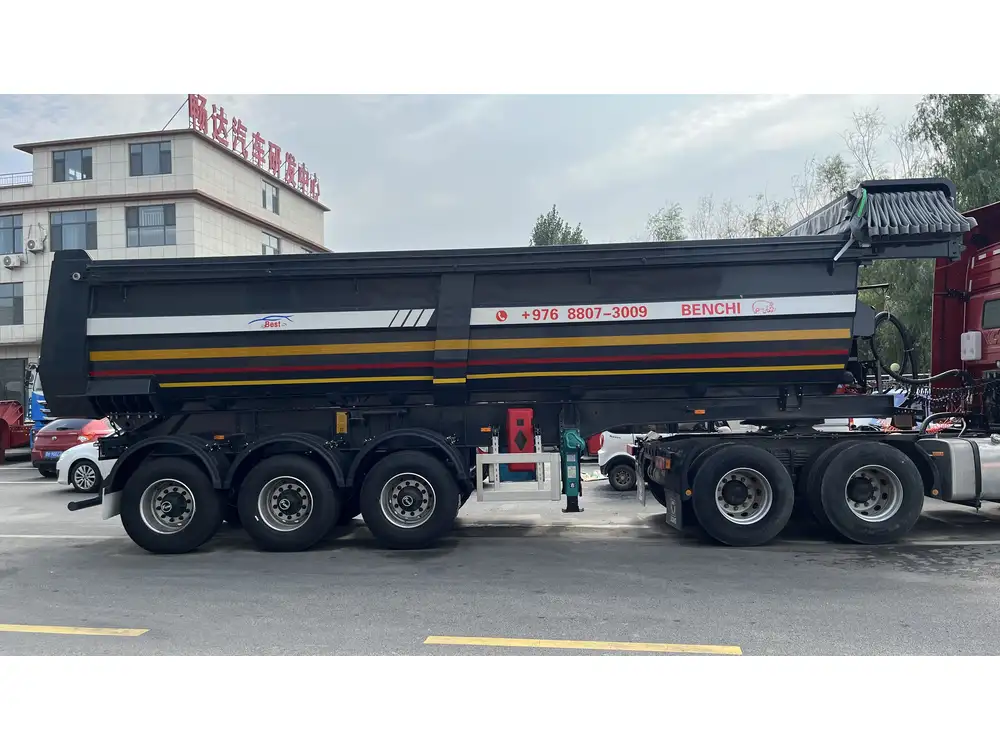
The Future of ABS Technology
As vehicle technology advances, ABS continues to evolve, integrating with other safety systems to enhance overall vehicle performance:
Integration with Electronic Stability Control (ESC)
Modern vehicles often combine ABS with ESC, providing comprehensive stability and control by addressing both braking and electronic adjustments during dynamic driving situations.
Advancements in Sensor Technology
Improvements in sensor accuracy and responsiveness further refine ABS performance, ensuring quicker detection and modulation of brake pressure.

Adaptive ABS Systems
Future ABS systems may incorporate machine learning algorithms, allowing them to adapt to individual driving styles and specific vehicle loads for optimized braking performance.
CarMax Vehicle’s Commitment to Safety
At CarMax Vehicle, we prioritize safety and innovation in all our semi-trailer designs. By integrating advanced ABS technology, we ensure our trailers offer unmatched reliability and control. Our collaboration with leading ABS manufacturers guarantees that our products meet the highest safety standards, providing peace of mind to operators and cargo owners alike.
Strategic Importance of ABS in Logistics
The logistics and transportation sectors rely heavily on dependable braking systems for efficiency and safety. ABS plays a strategic role in:
- Reducing Accident Rates: Enhanced braking control minimizes the likelihood of accidents, protecting assets and lives.
- Optimizing Delivery Schedules: Reliable braking systems allow for smoother and more predictable transit times.
- Compliance with Safety Regulations: Many regions mandate ABS in commercial vehicles, ensuring our trailers meet and exceed regulatory requirements.

Case Studies: ABS Impact on Trailer Operations
Case Study 1: Urban Delivery Efficiency
A logistics company integrated ABS-equipped trailers into their fleet, resulting in:
- 30% Reduction in Braking-Related Incidents
- Enhanced Driver Confidence and Satisfaction
- Lower Maintenance Costs Due to Reduced Brake Wear
Case Study 2: Long-Haul Transport Safety
For long-haul operations, ABS-equipped trailers provided:
- Improved Stability on Varied Terrain
- Reduced Fuel Consumption through Optimized Braking
- Extended Trailer Lifespan through Consistent Brake Performance
These case studies illustrate the tangible benefits of ABS technology in real-world applications, reinforcing its value in the transportation industry.
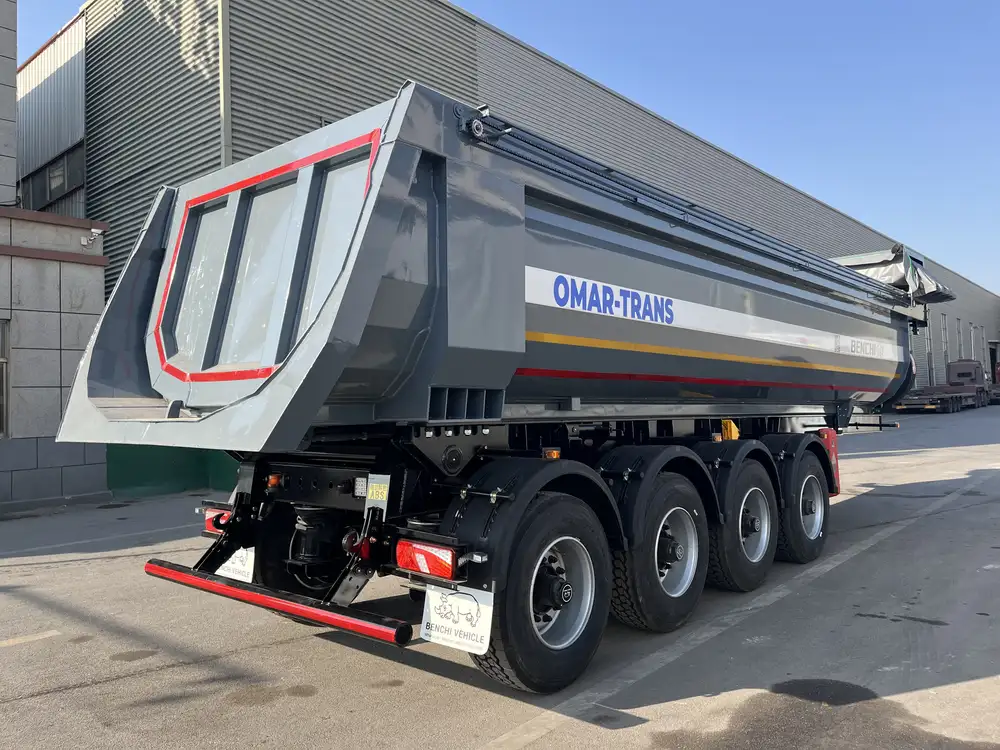
The Role of ABS in Sustainable Transportation
Sustainability is increasingly vital in transportation. ABS contributes to sustainable practices by:
- Reducing Brake Dust Emissions: Consistent brake modulation lessens brake dust, a pollutant contributing to air quality issues.
- Extending Component Lifespan: Reduced brake wear lowers the frequency of part replacements, decreasing resource consumption.
- Enhancing Fuel Efficiency: Optimal braking reduces energy waste, contributing to overall fuel economy.
By implementing ABS technology, CarMax Trailer not only enhances safety but also supports environmentally responsible transportation solutions.
Training and Maintenance for Optimal ABS Performance
Ensuring ABS systems function effectively requires proper training and maintenance:
Driver Training Programs
Educating drivers on ABS functionality and best braking practices maximizes the system’s benefits. Key training aspects include:
- Understanding ABS Operations: Familiarizing drivers with how ABS responds during braking.
- Emergency Braking Techniques: Teaching drivers to apply steady pressure without pumping brakes.
- Handling ABS Enabled Vehicles in Adverse Conditions: Strategies for maintaining control on slippery or uneven surfaces.

Routine Maintenance Practices
Regular maintenance ensures ABS systems remain reliable:
- Sensor Inspections: Periodically checking wheel speed sensors for debris or damage.
- Brake Fluid Checks: Maintaining appropriate brake fluid levels and quality to support ABS modulation.
- System Diagnostics: Utilizing diagnostic tools to identify and address ABS-related issues promptly.
At CarMax Vehicle, we emphasize comprehensive maintenance schedules for our trailers, ensuring longevity and optimal performance of ABS systems.
Technological Innovations Enhancing ABS
Continuous innovation propels ABS technology to new heights:
Electronic Brakeforce Distribution (EBD)
EBD works alongside ABS to adjust brake force dynamically between the front and rear wheels, optimizing stopping power based on vehicle load and distribution.

Brake Assist Systems
These systems detect emergency braking conditions and automatically increase brake pressure, working in tandem with ABS to shorten stopping distances.
Integration with Autonomous Driving Technologies
As autonomous driving becomes more prevalent, ABS systems are being integrated with advanced driver assistance systems (ADAS) to ensure seamless and safe vehicle operations.
Global Standards and ABS Regulation
Adherence to global safety standards ensures the reliability and effectiveness of ABS systems:

Euro NCAP Standards
In Europe, Euro NCAP evaluates and rates vehicles based on safety features, including ABS performance, influencing manufacturer designs.
Federal Motor Vehicle Safety Standards (FMVSS)
In the United States, FMVSS mandates ABS in specific vehicle categories, ensuring widespread adoption and standardization of the technology.
International Safety Regulations
Global harmonization of safety standards promotes consistency in ABS implementation, facilitating international trade and transportation operations.
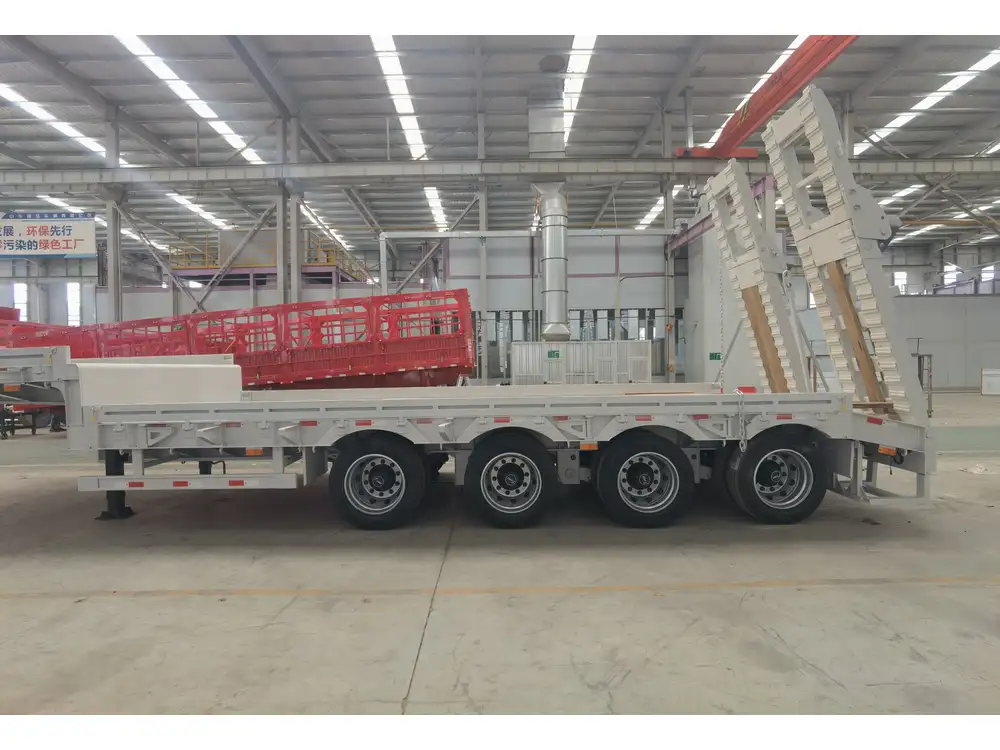
The Economic Impact of ABS Technology
Investing in ABS technology offers substantial economic benefits:
Cost Savings
- Reduced Accident-Related Costs: Fewer accidents translate to lower insurance premiums and liability expenses.
- Lower Maintenance Expenses: ABS systems decrease brake wear, reducing repair and replacement costs.
- Enhanced Asset Utilization: Reliable braking systems minimize downtime, improving fleet efficiency.
Increased Productivity
With ABS-equipped trailers, transportation companies experience:
- Faster Response Times: Enhanced braking control allows for quicker adjustments and efficient route management.
- Extended Trailer Lifespan: Durable brake systems support longer operational periods without frequent overhauls.
- Improved Driver Retention: Safe and reliable equipment fosters a positive work environment, aiding in driver retention.

Conclusion: ABS’s Indelible Mark on Transportation
The invention and evolution of ABS brakes represent a monumental leap in vehicle safety and performance. From Gabriel Voisin’s early patents to the sophisticated systems integrated into CarMax Trailer‘s semi-trailers today, ABS technology continues to enhance the transportation landscape. At CarMax Vehicle, we are committed to leveraging these advancements to deliver products that prioritize safety, efficiency, and reliability for our clients worldwide.
Frequently Asked Questions
1. Who is credited with inventing ABS brakes?
While the concept of preventing wheel lock-up dates back to the early 20th century with innovators like Gabriel Voisin, the first commercially viable ABS system for passenger cars was developed by Robert Bosch GmbH in collaboration with Mercedes-Benz in the late 1970s.
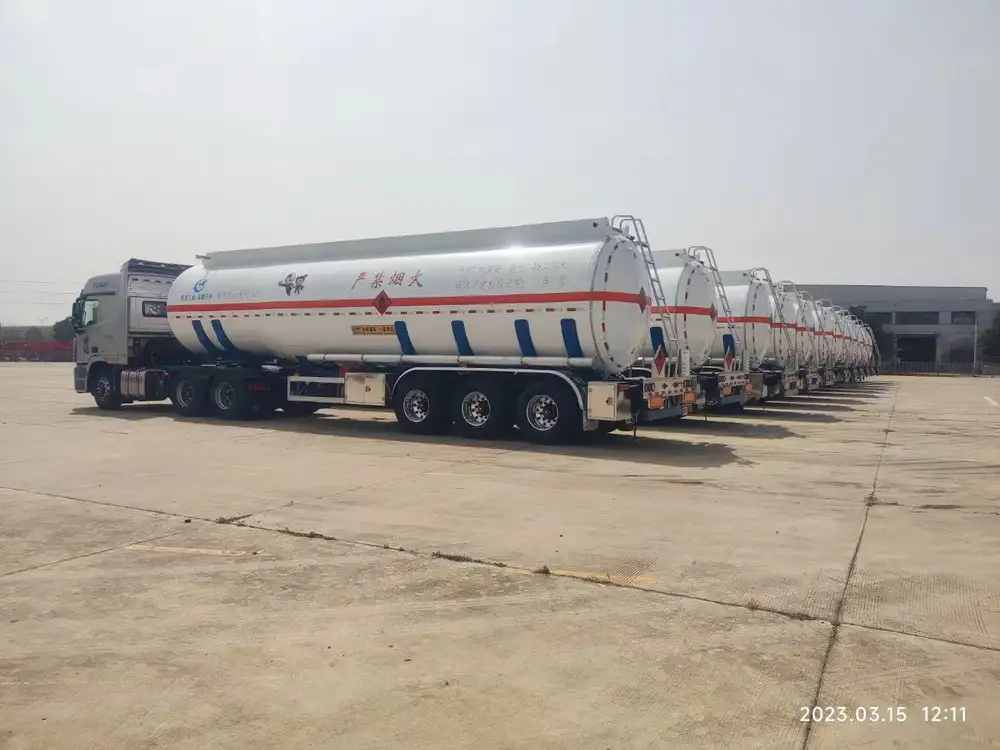
2. How does ABS improve vehicle safety?
ABS enhances safety by preventing wheel lock-up during braking, allowing drivers to maintain steering control, reducing stopping distances on slippery surfaces, and minimizing the risk of skidding and accidents.
3. Is ABS standard on all commercial trailers?
While ABS has become widespread in passenger vehicles, its adoption in commercial trailers varies by region and regulatory requirements. At CarMax Vehicle, we integrate ABS technology into our trailers to meet and exceed safety standards.
4. Can ABS help in preventing trailer sway?
Yes, ABS contributes to trailer stability by preventing wheel lock-up, which can mitigate trailer sway and reduce the risk of jackknifing, especially during emergency braking or on uneven terrains.
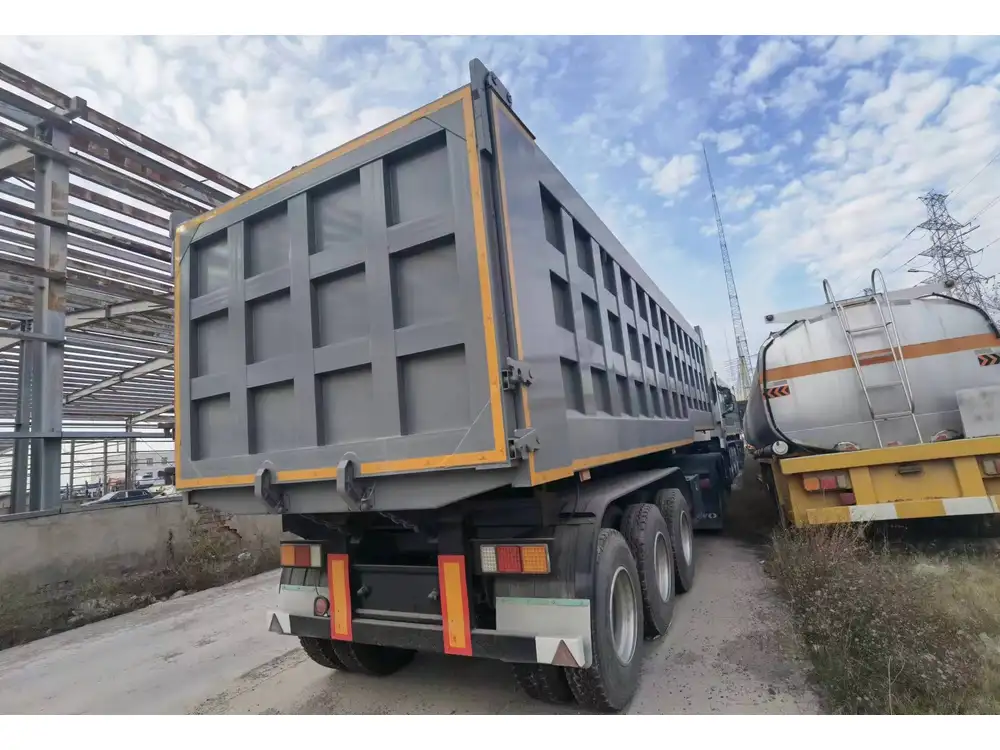
5. What maintenance is required for ABS systems?
Regular maintenance for ABS systems includes inspecting wheel speed sensors, checking brake fluid levels, and performing system diagnostics to ensure all components function correctly. Proper maintenance ensures the reliability and longevity of the ABS.



